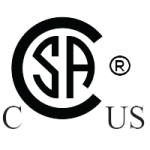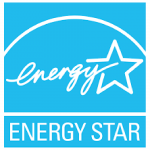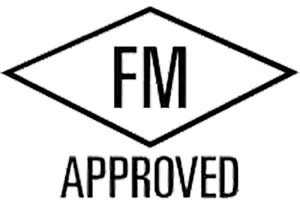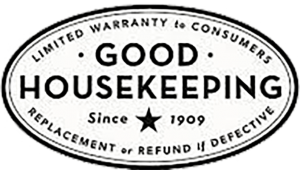Jason Daniels
Senior Investigations Manager, Global Security and Brand Protection, UL (Underwriters Laboratories)
I vividly remember the first time I saw a “hoverboard”*. I was traveling on business in south Miami when I watched a gentleman in the distance effortlessly gliding along the boardwalk. My immediate thought was how awkward it appeared as there were many other people walking in the same direction, but with little movement this man appeared to be floating on air. As he came closer I was taken aback by the two-wheeled device he was standing on and wondered how it was operated. What made it go and how was it maneuvered? I have to admit I also did think about how much I would like to give it a try.
As the 2015 holiday season approached, “self-balancing scooters” became the rage. They were everywhere: advertised on billboards and TV commercials, and available to purchase at local mall kiosks and online. Everyone was captivated by the seemingly simple device that allowed you to hover and glide across surfaces. Little did we know just how much attention this product would receive beyond its novelty and the dangers it would ultimately present.
I still joke (half-heartedly) with co-workers that December 14, 2015, was an apocalyptic day at UL. That was the day I received an email containing several images of self-balancing scooters’ packaging prominently displaying a counterfeit UL trademark. At the time, UL did not offer a certification program for the product. At this same time the units were receiving substantial media attention for dangerous malfunctions leading to the products catching fire or causing injury. Until that day, UL had not been directly involved with these self-balancing scooters. But, on that day, we were on notice that our trademark had been counterfeited, as the product was not UL Certified. We had to become directly involved, quickly. UL protects its trademarks, which are a trusted symbol of safety.
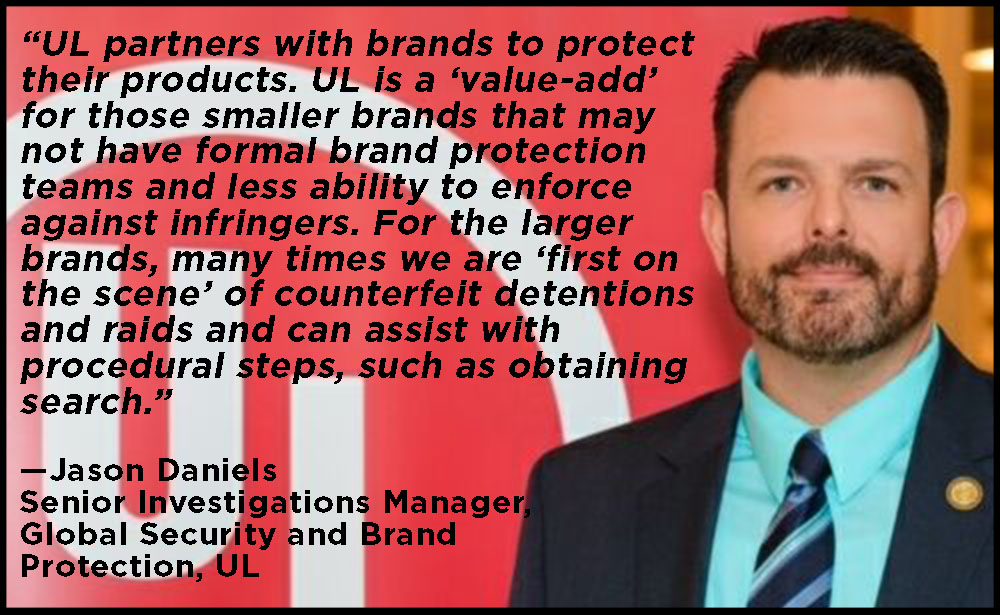
UL’s primary concern was that counterfeiting of the UL Mark on self-balancing scooters would lead to a false sense of security for consumers. Furthermore, a number of infringing UL trademarks appeared on the outer packaging (which allowed for more rapid identification and seizure), on the product itself, the battery, charger or other components (whose appearance also gave consumers false security but made enforcement efforts more complicated).
What better way to demonstrate the safety of the device than to place the UL Mark on it as the trademark represents UL’s proven 120-year reputation of research, science, engineering and testing standards. Given the dangers to consumer safety, an aggressive effort was initiated to identify infringing manufacturers and distributors globally.
UL’s Global Security & Brand Protection (GSBP) Unit, a worldwide internal force with the mission of protecting the company’s interests and initiatives, was called into action. Primarily comprising former law-enforcement officers, GSBP works directly with global governmental authorities whose missions are also to protect consumers. With the self-balancing scooters craze hitting mainstream commerce during the 2015 holiday season, the GSBP Unit was working day and night to investigate and respond to inquiries regarding the legitimacy of UL-Marked product entering the market. During this time, individual consumers were contacting UL about models for sale at their local retail stores. Though an overwhelming task, we continued to work long hours and take steps to address the crisis.
One enforcement action occurred while researching a popular online site, where we identified a large-volume infringing seller. The GSBP Unit engaged the seller through covert means and eventually revealed the distribution source of the product. We presented the case intelligence to the Los Angeles County Sheriff’s Department Counterfeit and Piracy Enforcement (CAPE) Team, who pursued a criminal investigation. The probable cause threshold was achieved and a search warrant was executed on a warehouse in City of Industry, California where investigators located nearly 4,900 infringing devices. The estimated retail value of these counterfeit self-balancing scooters was close to $1 million.
Due to rapid climb in popularity of the devices, and the need to help ensure the availability of safe devices, UL announced a certification program to properly evaluate self-balancing scooters. In February 2016, a team of UL engineers developed the appropriate methodology, known as UL 2272, to certify the product for safety. This has afforded retailers and manufacturers the opportunity to distribute properly tested and safe products and have their devices bear the UL certification trademark. Such certification also provides consumers who purchase a certified self-balancing scooter with peace of mind. Diligence in helping ensure the self-balancing scooters bearing the UL trademark have truly been manufactured in accordance with UL 2272 will be an on-going task for the GSBP Unit.
As we approach the 2016 holiday season, parents can trust that the self-balancing scooter under the tree will be safe to use. All UL certified self-balancing scooter models can be found in UL’s certification database and searching category code FKIS and “electrical systems for self-balancing scooters.” The list of certified products will continually be updated as more product manufacturers are certified to UL 2272.
For more information on UL2272 and certified self-balancing scooters, visit www.ul.com. Any specific inquiries or incident reporting should be directed to UL.
*Hoverboard® is a registered trademark. Accordingly, this term, though commonly used, will not be used generically in this article but will instead be referred to as “self-balancing scooters”
THE BRAND PROTECTION PROFESSIONAL | DECEMBER 2016 | VOLUME 1 NUMBER 2
2016 COPYRIGHT MICHIGAN STATE UNIVERSITY BOARD OF TRUSTEES

